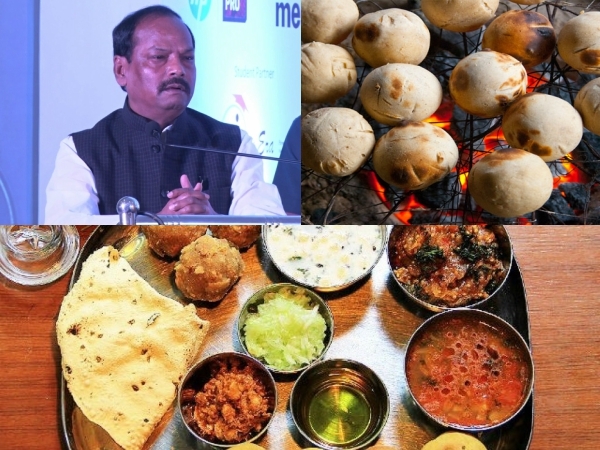Three-day Jharkhand Food Summit to start from February 23
Ranchi, November 17: Jharkhand Food Summit will be organized in February next year. To attract food and processing investors of the country and the world the Food Summit will start from February 23 for three days. Through the summit, the government will try to state that the industrial policy which focuses on mines and minerals has been changed.

According to the local media, the Food Processing Ministry of the Central Government has announced a grant of Rs. 113 crore in view of the food processing potential in Jharkhand. After this, efforts are being made to bring investment in the field of food processing in the state. In the year 2009, a mega food park was laid in the area of Getalsood which is proximate to the state’s capital. The government is serious about this area. After the Momentum Jharkhand, more than 32 food processing units have been proposed in the industrial area under Ranchi Industrial Area Development Authority in February this year.
Industry Secretary Sunil Varnaval says that there are mineral reserves in the state, but the locals are unable to take advantage of the mining industry sector. The government wants to develop food processing sector as a flourishing industry. This effort will be proved as a big step. He further added that Jharkhand is the largest producer of tomatoes and third largest state for green peas in the country. Apart from this, the state is also known for producing organic food, small forest product, fish etc. Investors will be called for all these areas through Food Summit.
Earlier, State Government Agriculture Minister Randhir Singh had invited investors to invest in Jharkhand in the field of food processing at the World Food India Summit held in New Delhi.
The Agri Sector in Jharkhand is growing at a rate of 9.2 percent yearly and the associated sector has observed continued growth rates of over 8.5 percent per annum. The Fisheries Sector has grown at over 17 percent annually over the last decade. The climatic conditions endow the state with large potential for dairy development given a strong demand exceeding supply by over 100 percent.